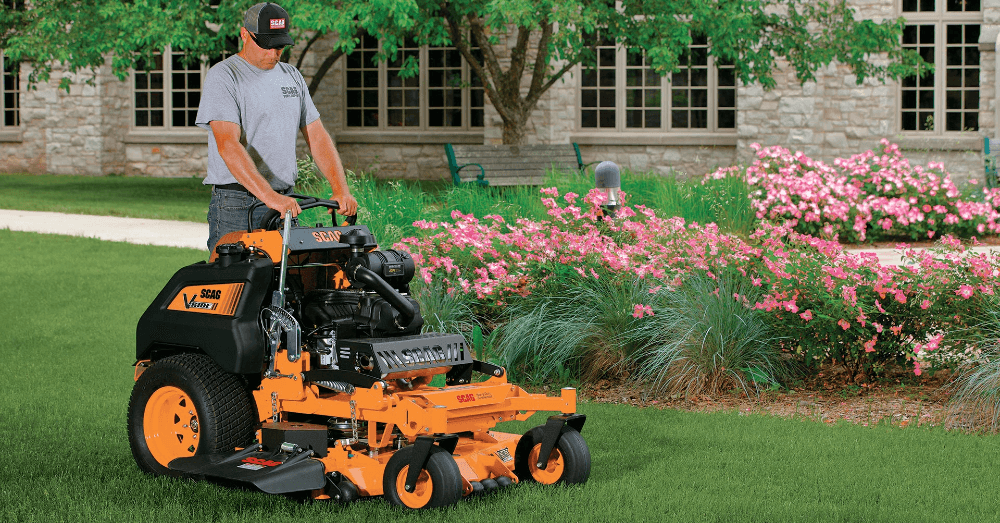Fall is coming, but if you want your grass to look great by the time spring rolls around again, there are some proactive ways to do this.
Proactive fall lawn care is the key to producing lush grass for the growing season. Cooler weather in the fall is great for fertilizing, dealing with weeds, and other yard maintenance activities.
Mow Shorter and Water Liberally
You probably mowed your grass a bit longer in the summer to reduce heat stress, but fall is the time to return your mower height to normal and mow a bit shorter. This helps keep grass from matting under leaves and snow. In places with summer drought, fall is a good time to deeply water your grass before the first frost comes. Add a few liberal soaks to your lawn as the heat alleviates. It’s best to do this in the morning when there’s less wind.
Fertilize and Repair Dead Patches
Fall is a good time to fertilize if you live in a place with cool-season grasses like bluegrass, fescue, and rye. Early September and late fall are the best times to get in some feeding. This will help your lawn become lush and green earlier in the spring. However, if you live in the south with dormant warm-season grasses, you should avoid fertilizing these unless they incorporate a lot of winter rye. Now is also the time to reseed dead patches in cool-season lawns with seed and fertilizer.
Patch Or Lay Sod and Check For Thatch
If you want to lay some cool-season sod or patch your existing lawn with sod, fall is a good time to do this with cooler temperatures and plenty of moisture. This helps sod get going quickly. Quality sod is thick, dense, and free of weeds, making it an easy solution for bare spots. Now is a good time to check your thatch layer. If you have less than an inch, you’re good, but any more than that and it’s a good idea to remove it. Thatch is a layer of dead organic matter near the surface of the soil and if it’s too thick, it can lead to insect problems.
Aerate and Control Weeds
Aeration is good for cool-season grasses in the fall. It reduces thatch and removes soil cores to improve drainage. The cores are left on top of the grass and slowly break down as you mow, water, and walk on the lawn. Once you’ve mowed, aerated, and fertilized, it’s time to control weeds. If your lawn is in great shape, most smaller weeds get crowded out naturally. However, if you have larger weeds, you can pull them out from the root. In some cases, you may want to use weed killer without chemicals. Follow the instructions and directly target the weeds.
Remove Leaves and Add a Topdressing
Fallen leaves can smother your grass and create mats. You can remove the leaves by raking or mulching them with a mower. You may want to search Scag dealers near me if you need to upgrade your lawn equipment for the fall. A mulching mower shreds the leaves and returns them to the soil, which works as a top dressing.
If you don’t have fallen leaves in your yard, then you may want to apply a topdressing that consists of compost or a thin layer of soil. This improves growing conditions, reduces thatch, and smoothes the surface of your lawn.
This article might include affiliate links, which means we may receive a commission if you make a purchase using these links, without any additional cost to you. We have thoroughly researched and tested all products featured to provide a trustworthy review.
